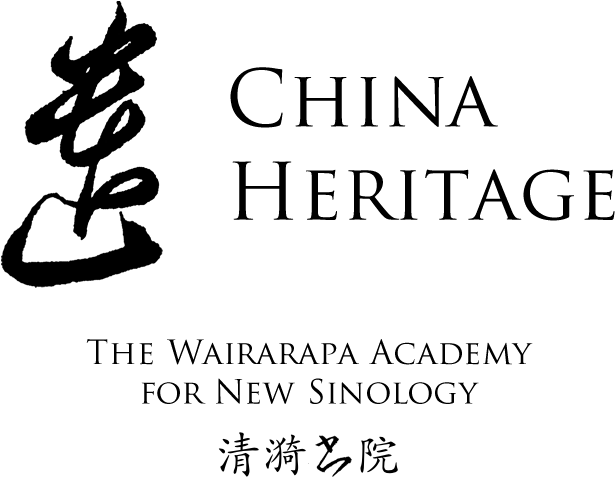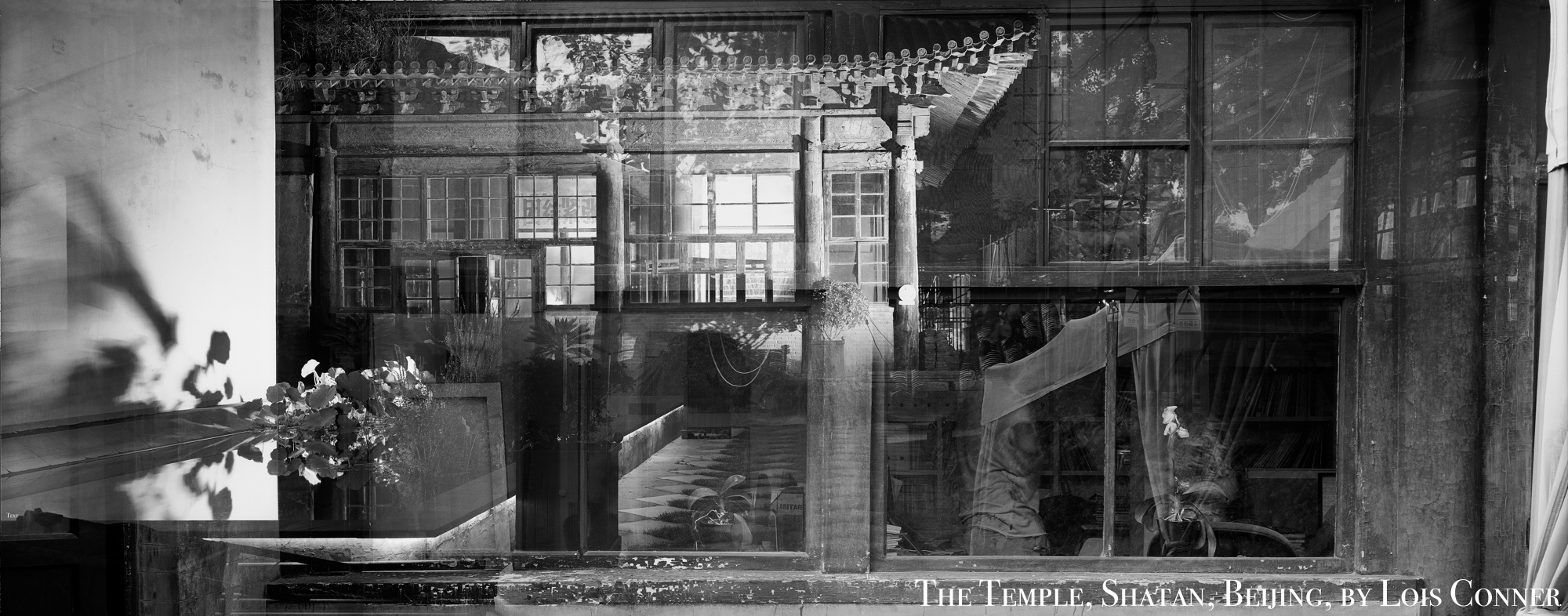蘭亭
But I fear that as the years slip by one after the other even the mountains and rivers rise and fall; as one age gives over to the next, it is only with brush and ink that we can seek to preserve our melancholy.
— Zhang Dai 張岱, ‘Guichou lanting xiuxi xi’ 癸丑蘭亭修禊檄 [A Summons to Undertake the Spring Lustration Ceremony on the Occasion of the Guichou cyclical Anniversary][1]
Memory takes root in the concrete, in spaces, gestures, images, and objects; history binds itself strictly to temporal continuities, to progressions and to relations between things. Memory is absolute, while history can only conceive the relative.
— Pierre Nora, ‘Between Memory and History: Les Lieux de Memoire‘[2]
The past was a past of words, not of stones… Chinese civilization seems not to have regarded its history as violated or abused when the historic monuments collapsed or burned, as long as those could be replaced or restored, and their functions regained… The only truly enduring embodiments of the eternal human moments are the literary ones.
— Frederick Mote, ‘A Millennium of Chinese Urban History: Form, Time, and Space Concepts in Soochow’[3]
The Orchid Pavilion takes as its focus one of the most important sites in Chinese cultural history and introduces the literary and garden historian, and translator, Duncan Campbell study of Chinese literary history as related to place, memory and commemoration. His work on the Orchid Pavilion shows how many of the themes of China Heritage and New Sinology — language, place, time, cycles, commemoration and memory — are also important in understanding the mental landscape of writers in modern, dynastic, and indeed pre-dynastic times. In this regard, see also Pierre Ryckmans (Simon Leys), ‘The Chinese Attitude Towards the Past‘, presented as a George E. Morrison lecture in 1986 and carried in the virtual pages of China Heritage Quarterly, Issue 14 (June 2008).
A better understanding of such ways of remembering and evoking the past, through literary artefact and cultural symbol, also provide us with insights into the powerful drag of traditional forms for making meaning as they resonate in the modern Chinese world.
The following material first appeared in China Heritage Quarterly.
— The Editor
- Orchid Pavilion: An Anthology of Literary Representations
- Yuan Hongdao 袁宏道 at Orchid Pavilion 蘭亭
- ‘Black Tigers’ 黑老虎
Notes
[1] Yun Gao, ed., Langhuan wenji [Paradise Collection], Changsha: Yuelu Shushe, 1985, p.114.
[2] Representations, 26 (1989): 9.
[3] Rice University Studies, 59.4 (1973): 51.

